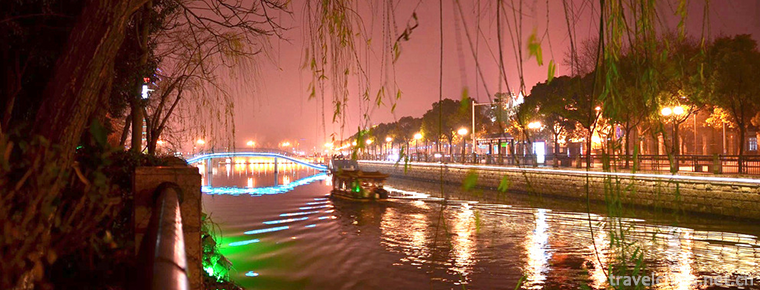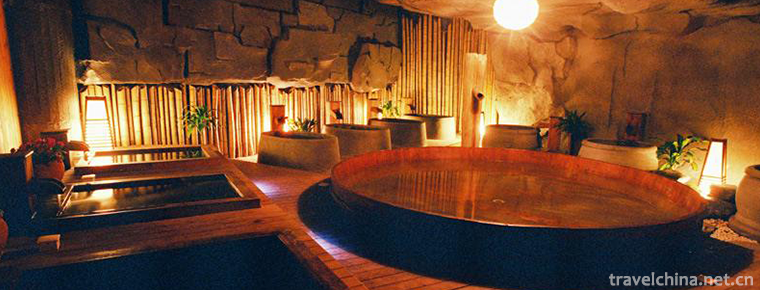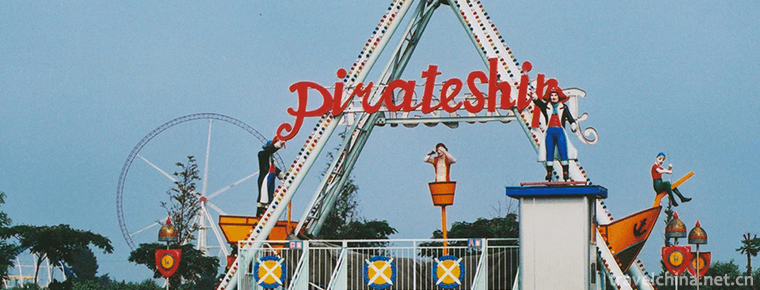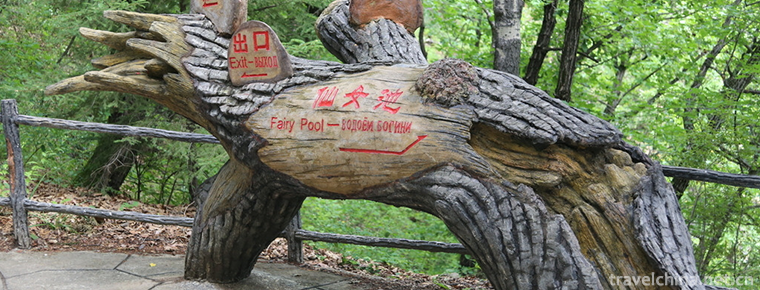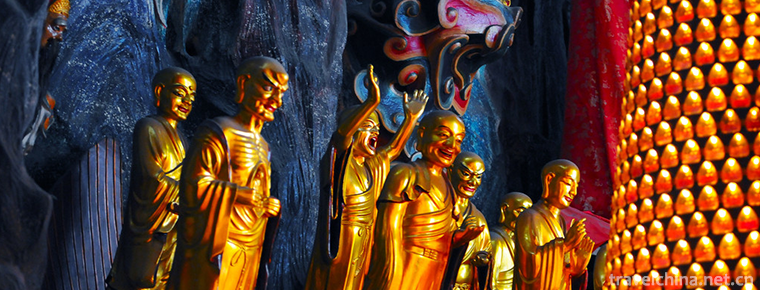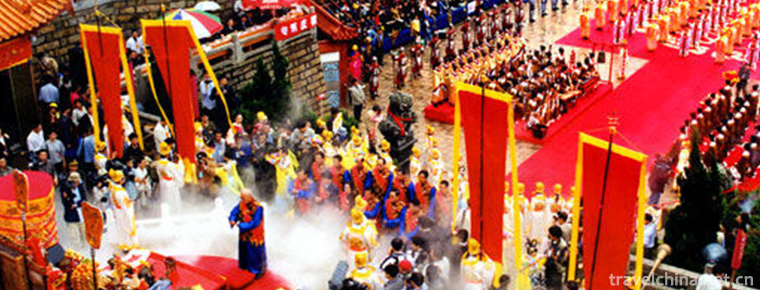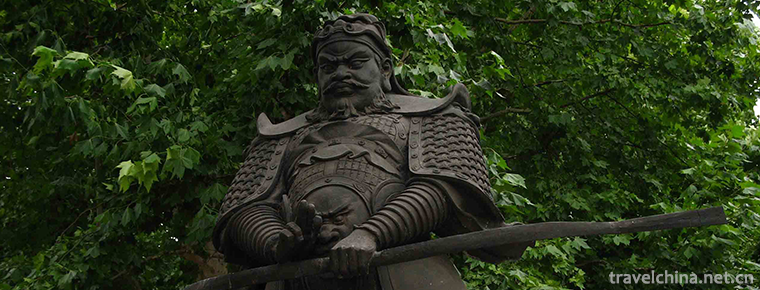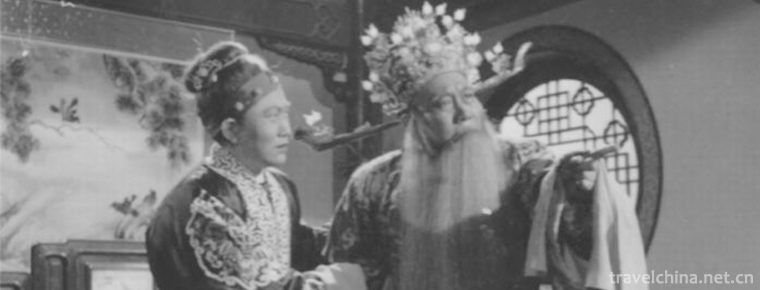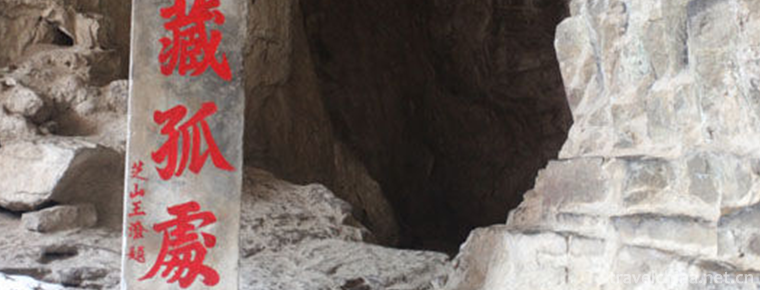Brewing Techniques of Old Vinegar
Brewing Techniques of Old Vinegar
Qingxu old vinegar brewing skills, Shanxi Province Qingxu County local traditional skills, one of the national intangible cultural heritage.
The brewing process of Qingxu aged vinegar is complex. After the main steps of ingredients, steaming, manual turning of solid acetic acid, high temperature fumigation, high density leaching, aging and so on, more than ten processes eventually produce Qingxu aged vinegar.
On May 20, 2006, the brewing technology of Qingxu old vinegar was approved by the State Council of the People's Republic of China and listed in the first batch of national intangible cultural heritage list, item number_-61.
historical origin
In ancient China, vinegar was called oxalic, anhydride, bitter wine or wine. As early as 700 years ago in the Spring and Autumn Period and the Warring States Period, the Qingxu people had been using VATS and urns to make vinegar by liquid fermentation, and this vinegar-making technology has continued. In the Western Han Dynasty, commercial vinegar-making workshops appeared in Qingxu. During the Northern Wei Dynasty, the technology of vinegar brewing changed from liquid fermentation to solid fermentation. This milestone pioneering work laid the foundation for the formation of the unique style of the old vinegar brewing technology in Qingxu.
In Qi Min Yao Shu, later Wei Jia Sixie elaborated the process of vinegar brewing in detail. Historian Hao Shuhou's textual research on Taiyuan shows that before 479 BC, "when Jinyang City (now Jinyuan Town, the southern suburb of Taiyuan City) was established, there should be vinegar makers." Foreigners call Shanxi people "Lao Xier", which is the homonym of the ancient word "Jiu". Taking the ancient vinegar character as the pronoun of Shanxi people can also reflect the early and large number of vinegar brewing in Shanxi in history.
In the late Ming and early Qing Dynasties, vinegar-making workshops were everywhere in villages and towns in Qingxu County, south of Taiyuan Prefecture. In the long historical competition of vinegar industry, there is a workshop called Yiyuan Qing, which has gradually gained fame. "Yiyuan Qing" vinegar brewing, which pays great attention to quality, excellent material selection, appropriate formula, complex production process, is well received by the masses, and has been operating until the eve of liberation. Its brewing method is used by Qingxu Vinegar Factory. Qingxu and Taiyuan are the birthplaces of Shanxi old vinegar. Qingxu brewing technology is gradually being promoted to all parts of the country.
Process characteristics
Qingxu old vinegar produced by the brewing techniques of Qingxu old vinegar is black-brown, bright and attractive. In addition to its three advantages of acid and alcohol, strong taste and long taste, it also has the characteristics of fragrance, cotton, non-precipitation and "hanging bowl".
When the cap of the old vinegar bottle is unscrewed, the fragrant and sour smell will come to your nose, drop it into the bowl and beat a circle, then stick it evenly to the edge of the bowl. Although the acidity of Qingxu old vinegar is five degrees, it tastes not difficult to endure. Instead, it is "sweet and fragrant and sour", which is slow, long and delicious. It is sour and sweet, spongy and fragrant.
General vinegar stored for a long time, will become turbid, raw white skin, and even decay. But the longer the vinegar is stored, the more fragrant it will be. Even if it turns into a solid vinegar like heavy amber after several decades, it will still be fresh and sour when it is washed away with boiling water.
Unlike the long-term consumption of fruit vinegar in the West, vinegar fermented from cereals is the first choice in China, which makes Chinese vinegar contain more essential nutrients such as amino acids. The aged vinegar of Qingxu has the unique functions of breaking off fishy smell, removing humus, removing humus and sterilizing. It is a refined condiment for cooking various delicious dishes.
Inheritance and protection
Inheritance value
Brewing process (4 sheets)
Qingxu old vinegar is not only a condiment, according to scientific research, vinegar can sterilize, help digestion, prevent colds and cancer. Shanxi Qingxu old vinegar can keep fit, cure diseases and beautify. The acetic acid contained in it has bacteriostatic and bactericidal effects, especially on cocci. Stir-fried vegetables with aged vinegar can treat lumbar and leg pain, apply foot heart can treat hypertension, scaling at the bottom of aged vinegar can treat bone hyperplasia and other diseases.
Among the old vinegar in Shanxi, Qingxu old vinegar is the most authentic. Its exquisite production skills and exquisite material selection are worth learning from other vinegar products.
Inheritance status
Driven by economic interests, some workshops cut corners, dismembered the traditional craft of Qingxu old vinegar, and produced inferior products, which distorted the skills and reputation of Shanxi Qingxu old vinegar, and should be thoroughly managed and strictly guarded against.
Inheriting characters
Wu Runwei, male, born in March 1955. In December 2012, Wu Runwei was selected as the representative successor of the fourth batch of national intangible cultural heritage projects, declared by Qingxu County, Shanxi Province. Project Name: Brewing Techniques of Qingxu Old Vinegar.
protective measures
In 2004, the General Administration of Quality Supervision, Inspection and Quarantine of China approved the application for product protection in the origin area of Shanxi aged vinegar, and approved more than ten old vinegar products, including Qingxu County, to be protected in the origin area.
In 2016, Qingxu County was responsible for promoting the construction of vinegar industrial park with an area of 1000 mu. Through the construction of vinegar Industrial Park to promote new technological innovation and research and development, to provide technical support for the sustainable development of vinegar industry.
In 2018, Taiyuan Qingxu Baoyuan Old Vinegar Workshop was awarded "Shanxi Qingxu Old Vinegar Brewing Museum" by Shanxi Provincial Culture Department and "National AAAA Tourist Scenic Area" by the National Tourism Administration. The Museum aims to excavate the profound historical and cultural connotation of Qingxu old vinegar, promote Shanxi vinegar culture, and let the world know the historical origin and traditional production process of Qingxu old vinegar.
social influence
Important activities
In 2007, the Chinese Qingxu Vinegar Culture Festival opened in Qingxu County. The holding of the Cultural Festival will further enhance the image of Qingxu Vinegar Capital and build a platform for the dissemination of the brewing skills of Qingxu vinegar.
In 2009, the vinegar brewing techniques of Qingxu old vinegar were displayed on the spot in the series of activities of "China's intangible cultural heritage traditional skills exhibition" to deepen people's understanding of it, so as to further excavate and protect it.
In 2012, the Chinese Taiyuan (Qingxu) International Vinegar Culture Festival was held in Qingxu County. The significance of the festival is to bring the old vinegar and its technology from Shanxi and abroad, so that the fragrance of the old vinegar can spread all over the world.
In 2016, the Qingxu Vinegar Culture Festival opened in China (Taiyuan) Coal Trade Center, and successfully held the Vinegar Culture Festival for many years, which formed the advantages of the development of vinegar industry cluster. Next, efforts must be made in new brewing technology, formulating industry standards, improving diet and seasoning.
Honorary commendation
In 1924, at Panama International Expo, Qingxu Old Vinegar won the first prize of high quality commodities.
In 1956 and 1965, Qingxu old vinegar was ranked first in the Chinese condiment appraisal meeting.
In 1979, Qingxu old vinegar was named high quality product by the Ministry of Light Industry of China and Shanxi Provincial People's Government.
In 2011, the Qingxu Vinegar Culture Festival was honored as China's top ten "brand festivals".
In 2014, "Qingxu vinegar brewing" was recognized as a provincial labor service brand in Shanxi Province.

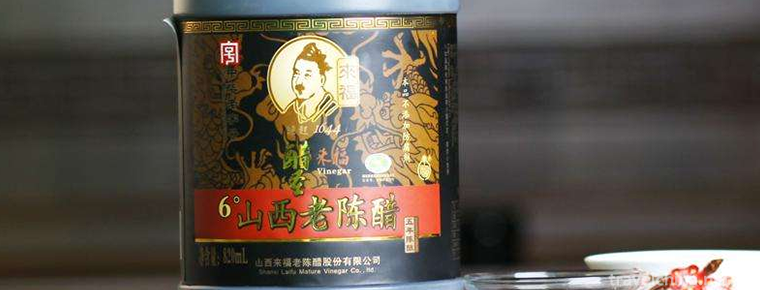
-
Hao River
Haohe River surrounds the old city of Nantong, like a gourd, like a Pearl chain, known as the "emerald necklace" of Nantong City. It is a national 5A tourist attraction..
Views: 189 Time 2018-12-06 -
Dongshan Lake Hot Spring Resort
Dongshan Lake Hot Spring Resort is the first national AAAA-level scenic spot in Chaozhou City. It is located in the Dongshan Lake scenic spot of Shaxi Town at the junction of Chaozhou.
Views: 136 Time 2018-12-19 -
Floral water bay hot spring resort
Huashuiwan Hot Spring Resort is located at the foot of Xiling Snow Mountain in Dayi County, Chengdu, Sichuan Province, surrounded by mountains on all sides. National AAAA scenic spot..
Views: 215 Time 2019-01-17 -
Maolangou National Forest Park
Maolangou National Forest Park is located in the northeastern part of Heilongjiang Province, at the northern foot of Xiaoxing'an Mountains and Xiangyang Township of Jiayin County,.
Views: 184 Time 2019-02-07 -
Wu Songgun Taiwan Wetland Forest Park
Wu Song Gu Taiwan Wetland Forest Park: Wu Song Gu Taiwan Wetland Forest Park with a total area of 53.46 hectares is located in the eastern part of Baoshan District.
Views: 189 Time 2019-02-22 -
Zhenjiang Jinshan Temple
Jinshan Temple was built in Jinshan Mountain on the South Bank of the Yangtze River in Zhenjiang City, Jiangsu Province, at the time of Emperor Ming of the Eastern Jin Dynasty.
Views: 230 Time 2019-03-18 -
Mazu memorial ceremony
Mazu Festival, which originated in Song Dynasty, experienced Yuan, Ming and Qing dynasties and continued to expand and enrich. By the Qing Dynasty, Mazu was named "Tianhou", and the title re.
Views: 204 Time 2019-05-15 -
Legend of King Qian
The legend of King Qian is a local folklore derived from the life stories of King Qian Si of Wuyue. Linan is the hometown of King Qian. After his death, his legends have been widely circulated in Lina.
Views: 135 Time 2019-06-10 -
Hunan Opera
Hunan Opera, is one of the traditional operas in Hunan Province. It is popular in Changsha and Xiangtan, mainly in the twelve genera of Changsha Mansion, namely Changsha, Shanhua, Xiangyin, Liling, Xi.
Views: 232 Time 2019-07-03 -
Legend of Zhaos Orphans
Zhao's orphan legend is one of the folk legends in Shanxi Province. In the folk of Yuxian County, the legends about Zhao's orphans are handed down orally and orderly. Every year, there are more than 1.
Views: 188 Time 2019-07-25 -
Nanchong hydrology
Nanchong is rich in precipitation. The average annual precipitation is 1000 mm, excluding evaporation, the annual total water is about 4.191 billion cubic meters, and the average annual runoff depth is about 313 mm. The distribution of runoff depth is generally .
Views: 347 Time 2020-12-17
